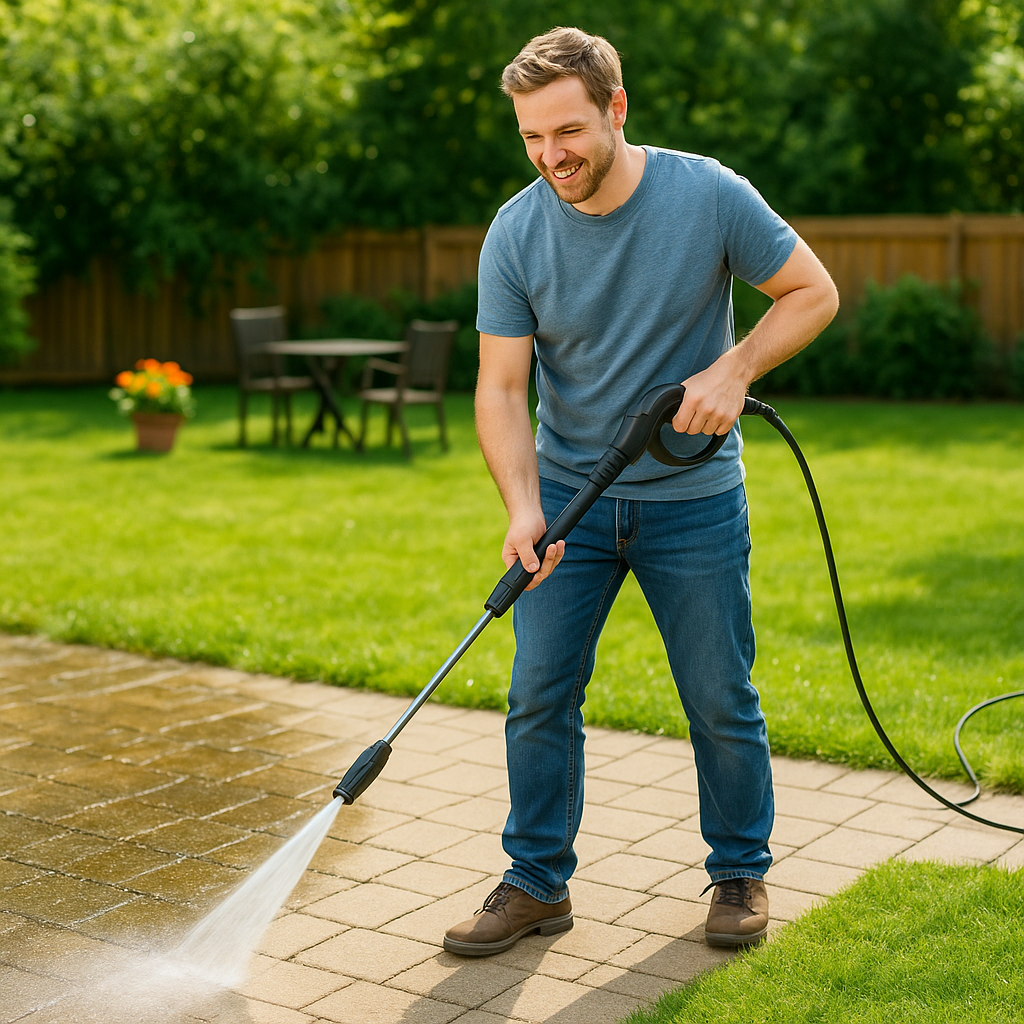
Agricultural equipment plays a crucial role in the cultivation process, helping farmers prepare the soil, plant seeds, manage crops, and ultimately harvest their produce. Here are some common types of agricultural equipment used in various stages of the cultivation process:
1. Tractors:
Tractors are versatile machines used for a range of tasks, including ploughing, tilling, planting, and pulling various implements. They provide power and traction for different cultivation processes.
2. Plows:
Ploughs are used to turn over and break up the soil before planting. They help create a suitable seedbed and improve soil aeration.
3. Harrows:
Harrows are used to further break up soil clods after ploughing, creating a smooth and even seedbed. They also incorporate crop residues into the soil.
4. Seeders and Planters:
Seeders and planters accurately sow seeds at specific depths and spacing. They come in various types, including broadcast seeders, precision planters, and direct seeders.
5. Cultivators:
Cultivators are used to control weeds, break up soil crusts, and provide aeration between rows of crops. They can be tractor-mounted or hand-guided.
6. Fertilizer Spreaders:
Fertilizer spreaders evenly distribute fertilizers, lime, and other soil amendments across a field. They ensure consistent nutrient application for healthy crop growth.
7. Irrigation Systems:
Irrigation equipment includes drip systems, sprinklers, and pivot systems that provide water to crops in controlled amounts. They are essential for maintaining proper soil moisture levels.
8. Sprayers:
Sprayers are used to apply pesticides, herbicides, and other liquid solutions to crops. They help control pests and diseases and provide essential nutrients.
9. Threshers:
Threshers separate grains from crop stalks during the harvesting process. They are commonly used for crops like wheat, rice, and barley.
10. Combine Harvesters:
Combine harvesters perform multiple tasks in a single operation, including cutting, threshing, and cleaning grains from the crop. They are efficient for large-scale harvests.
11. Balers:
Balers compress and bundle crops like hay, straw, or cotton into manageable bales for storage and transportation.
12. Tillers and Rotavators:
Tillers and rotavators are used for secondary tillage, breaking up soil clods and incorporating organic matter into the soil.
13. Mulchers:
Mulchers are used to shred crop residues, cover crops, and other organic materials. They improve soil health by adding organic matter and enhancing nutrient cycling.
14. Windrowers:
Windrowers or swathers are used to cut and arrange crops like hay and forage into windrows, making them ready for drying and baling.
Each piece of agricultural equipment serves a specific purpose in the cultivation process, contributing to efficient and successful crop production. The choice of equipment depends on factors such as the type of crop, field size, soil conditions, and the specific tasks required during each stage of cultivation.







